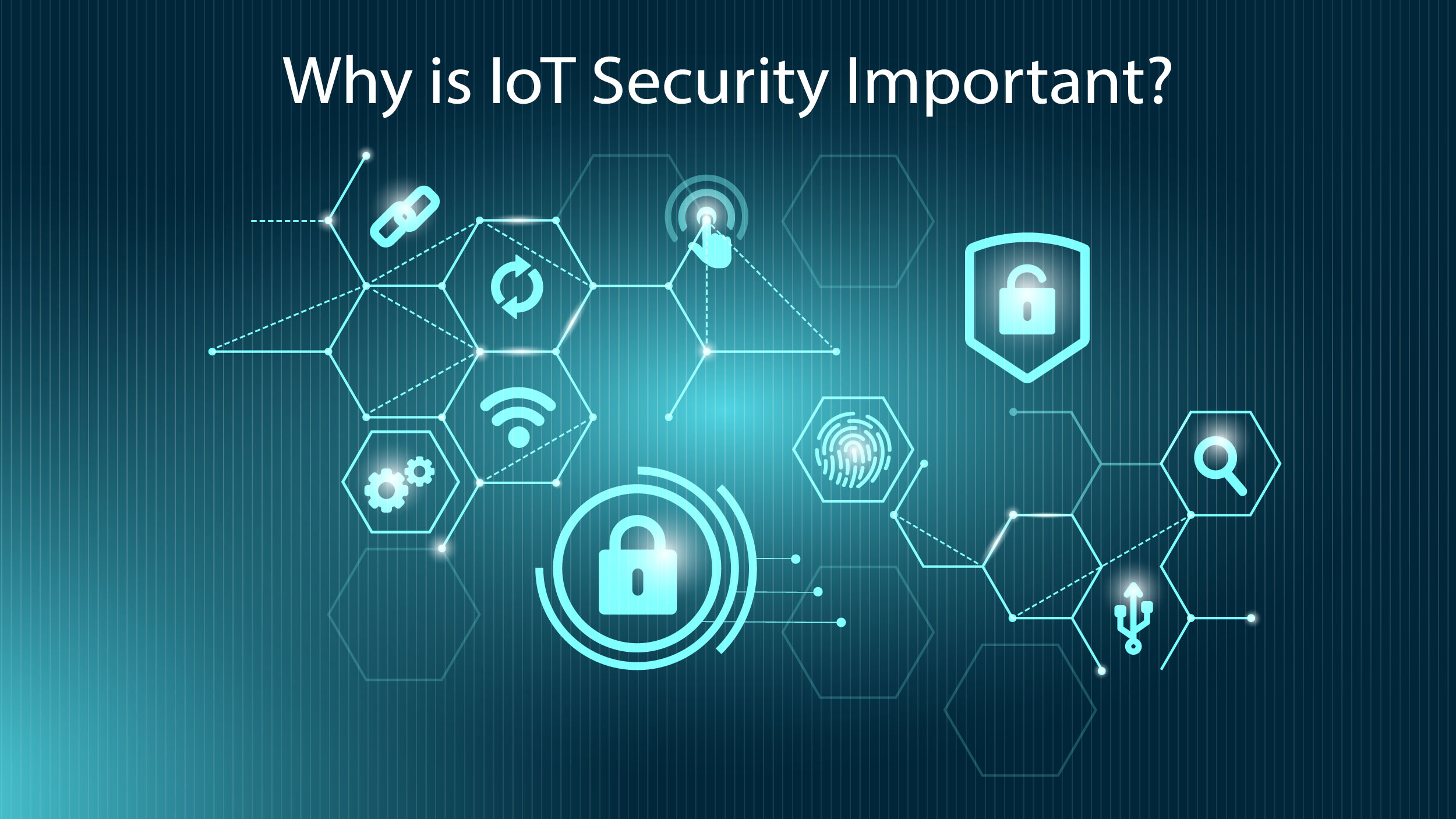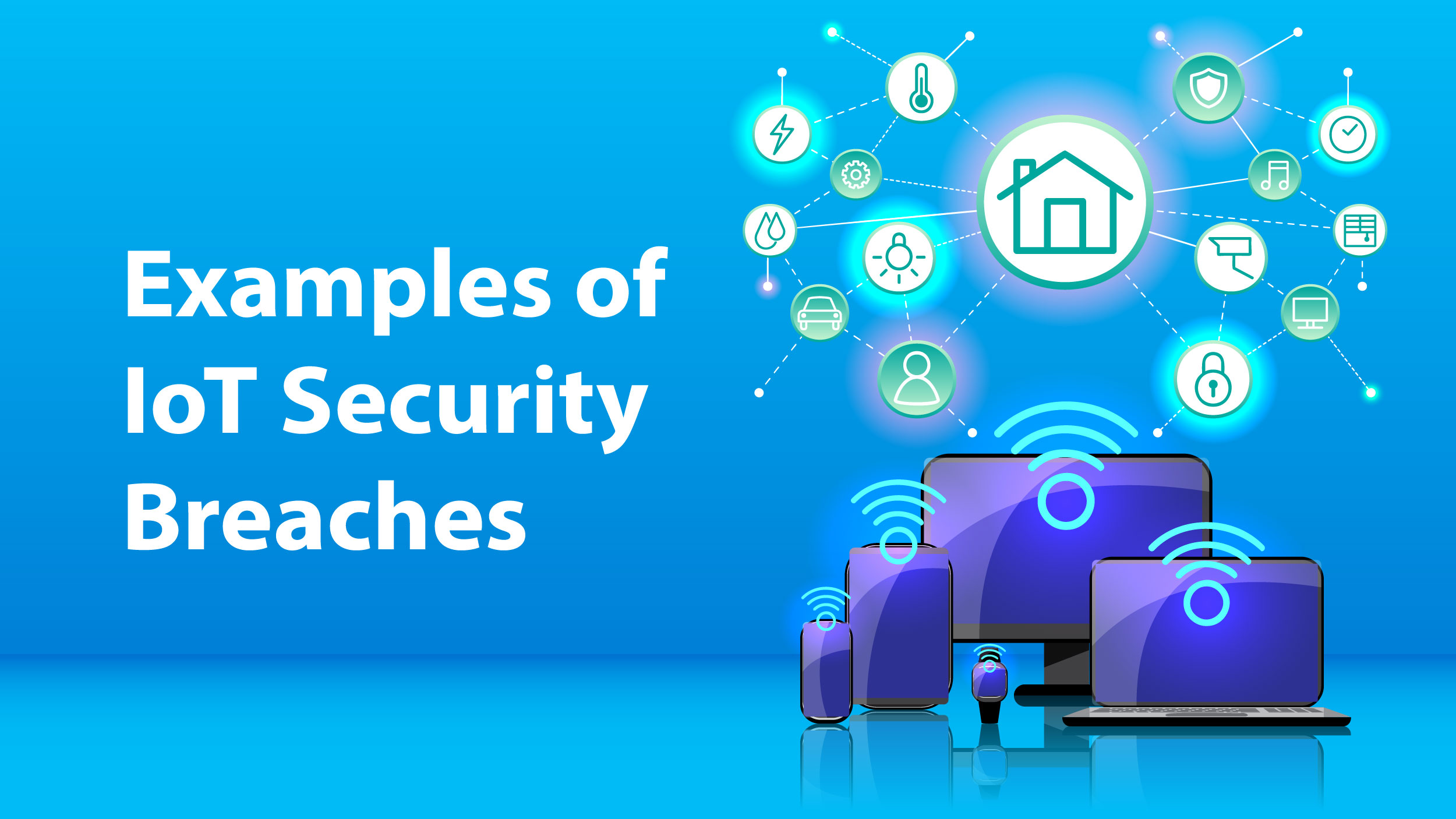Imagine a world where your refrigerator talks to your smartphone and your car communicates with your thermostat. This interconnected reality is the Internet of Things (IoT). However, amidst the convenience and innovation, a lurking concern arises – security.
Let’s unpack the ins and outs of securing our smart devices with IoT security and ensuring our digital lives stay as safe as our physical ones.
What is IoT Security?
Internet of Things (IoT) security encompasses various measures and techniques aimed at safeguarding cloud-connected devices and their network connections. The primary objectives of IoT devices security are to ensure the security of user data, mitigate cyberattacks, and maintain optimal device functionality. The prevalence of data breaches in recent times has underscored the imperative nature of prioritizing IoT security among manufacturers and developers.
Why is IoT Security Important?
 With the aim of enhancing efficiency and gaining deeper insights into their operations, organizations are increasingly utilizing IoT and OT devices. Consequently, an escalating number of networked devices are being implemented on corporate networks, granting them access to sensitive information and vital systems.
With the aim of enhancing efficiency and gaining deeper insights into their operations, organizations are increasingly utilizing IoT and OT devices. Consequently, an escalating number of networked devices are being implemented on corporate networks, granting them access to sensitive information and vital systems.
These devices often have security vulnerabilities that expose the rest of the organization to potential attacks. For instance, unprotected printers, smart lighting, IP cameras, and other networked devices are frequently targeted by cyber threat actors as entry points into an organization’s network. Once inside, these actors can navigate through the network, compromising more vital devices and accessing sensitive data. This can lead to the creation of ransomware and double extortion IoT cyberattacks, ultimately rendering a business’ network inoperable.
In order to protect the company from cyber risks, it is crucial to ensure the security of all devices that are connected to the corporate network. An important aspect of a corporate cybersecurity strategy is the implementation of IoT security measures, as this helps mitigate the potential dangers posed by insecure and interconnected devices.
Also Read: Unlocking the Potential of Software-Defined Perimeters
IoT Security Challenges
The field of Internet of Things (IoT) security encounters difficulties in terms of user awareness and action. A significant number of individuals choose to use default passwords for the sake of convenience, without realizing the potential risks involved. Manufacturers are unable to compel users to make changes. Regular updates are essential for addressing vulnerabilities, yet users frequently overlook them, resulting in prolonged periods of device exposure. Sadly, knowledge regarding firmware updates remains low.
In the realm of IoT, unlike mobile devices, desktops, and web apps, there is a lack of established cybersecurity standards. This results in a security gap and places the responsibility of proper implementation on developers. Unlike web and mobile devices, IoT devices frequently overlook best practices, rendering them vulnerable to threats. Manufacturers’ standards are insufficient against sophisticated attacks, and penetration testing is not conducted consistently, with limited availability of bug bounties.
IoT security challenges constantly evolve as our world becomes more connected, demanding innovative solutions to protect our digital ecosystems.
Examples of IoT Security Breaches
 In the past few years, there have been multiple instances where seemingly harmless IoT devices have been misused and repurposed to cause harm. While some of these instances have served as eye-openers about the capabilities of such devices, others have resulted in actual attacks.
In the past few years, there have been multiple instances where seemingly harmless IoT devices have been misused and repurposed to cause harm. While some of these instances have served as eye-openers about the capabilities of such devices, others have resulted in actual attacks.
Below are some instances of breaches in IoT devices security.
● Mirai botnet
The 2016 Mirai botnet attack remains infamous, marking the largest IoT breach to date. The code, released online by the original hacker, poses an ongoing threat. This botnet, a network of 145,607 devices, targeted servers, culminating in a massive attack on OVH. Enabled by unsecured IoT devices, Mirai later brought down major online platforms like Netflix and Twitter. This model persists, highlighting the ongoing risk posed by vulnerable Internet-enabled devices.
● Target’s credit card breach
In 2013, Target‘s network was breached. Hackers stole credit card data by exploiting an HVAC vendor’s login credentials linked to IoT sensors. This highlights the need for robust security in IoT applications, especially those handling sensitive information. Your devices could be closer to valuable data than you think.
● Hackable vehicles
In 2015, two cybersecurity experts hacked a Jeep’s multimedia system, gaining control over the vehicle’s critical functions. This highlighted the need for strong IoT security in an era of self-driving cars.
IoT Security Solutions
Ensuring security is of utmost importance. When it comes to IoT businesses and vendors, the implementation of novel technology and the expansion of global deployments present a multitude of fresh security concerns that must be taken into account during the deployment of IoT devices.
Listed below are some IoT security solutions that everyone should consider.
1. Physical security
For secure IoT, robust hardware is key. Consider using components like eSIMs, which are soldered onto the board for added physical protection. Unlike removable SIMs, they’re harder to access and more resilient against tampering.
2. Remote access security
Furthermore, a strong remote-access security protocol should enable:
- Locking SIM functionality to specific devices.
- Remote disabling of connections in case of a physical security breach.
3. Abnormality detection
As soon as an unauthorized attempt is made to access your device or when unusual network activity is detected, it is imperative that you have immediate awareness of it.
4. Limited connectivity profile
Your IoT application was created with a particular objective in mind. The greater the degree to which you can confine your device’s network connectivity to its essential functions, the higher its level of security will be. Is it necessary for your application to have access to voice features? Does it need to receive external text messages? If not, it is advisable to limit or block these functionalities.
Bottom Line
Navigating the landscape of IoT security is all about being proactive and staying informed. As our world gets smarter, so must our security measures. By staying vigilant, keeping our devices up-to-date, and embracing good security practices, we can confidently step into a future where our connected devices work harmoniously and securely in our daily lives. The key to a safer, more connected future lies in our ability to address these challenges head-on and create a secure environment for the Internet of Things to thrive.

































